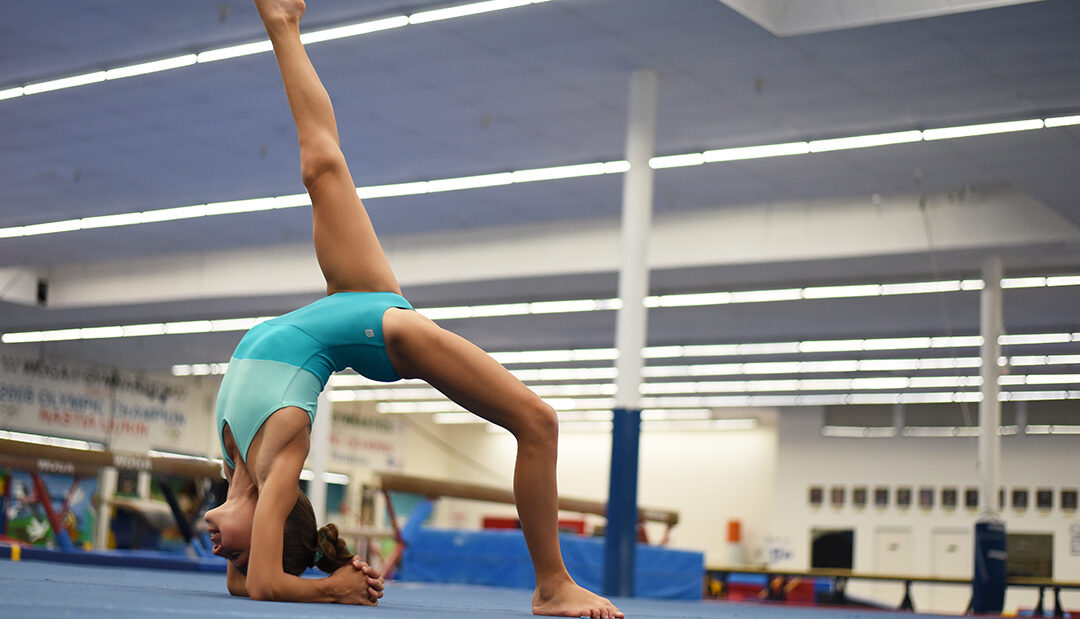The professionalization of youth sports has led to an epidemic of overtraining. With that comes an increase in injuries caused by overuse. Unlike injuries from overuse in adults, like carpal tunnel syndrome, pediatric overuse injuries occur at areas of the bones called growth centers. These areas are vulnerable to injuries. Pediatric orthopedic surgeon Henry B. Ellis, M.D., says, “Rest and activity modification is crucial for these conditions.”
With an interest in studying and treating conditions in the hip in athletes, Ellis informs families that other treatments are unlikely to work if the aggravating activity continues. He encourages athletes to listen to their bodies and learn to properly stretch and to speak up if there is activity-related pain.
What is apophysitis of the hip or pelvis?
Tenderness in specific bony areas of the hip and pelvis is called apophysitis. This typically occurs in adolescents ages 10- 19 who have “tight” hip and thigh muscles.
What causes apophysitis in hip or pelvis?
Muscles of the hip attach on the pelvis and upper leg bones. In growing children, several tendons attach to apophyses (growth plates). On the pelvis, these include the iliac crest apophysis and the ischial tuberosity apophysis and on the hip, the greater trochanter apophysis. These areas are made up of soft cells called cartilage. These weaker cells are at a higher risk of injury.
The most common cause of the pain is repeated pulling of the tendons on the apophysis causes apophysitis (painful inflammation). This commonly occurs during periods of rapid growth or increased activity. Overuse in these areas occur in activities such as dance, gymnastics and those that include running and sprinting.
What are the symptoms of apophysitis?
Apophysitis causes pain or tenderness at the muscle attachment that worsens with activities such as sports or running. Some experience swelling, others feel or hear a pop or snap.
How is it diagnosed?
A thorough history and physical examination are used to diagnose apophysitis. In some cases, X-rays may be ordered to evaluate the growth plate and rule out other issues.
How is it treated?
This is a self-limiting condition where rest is recommended, but kids may participate in activities that do not cause painful symptoms. Treatment includes modifying activities and providing comfort as needed. Learning to properly stretch and strengthen the muscles attached to the apophysis will reduce the tension.
A gradual return to sports is recommended when pain is improved. Symptoms will resolve with completion of growth in this area. In time, stronger bone cells replace the soft cartilage cells, but pain may come and go for months to years. If symptoms persist and cannot be managed with rest, it is important to see a medical provider with experience treating growth plate conditions in young athletes. Physical therapy may be recommended.
Physical therapy for apophysitis
Since the condition requires rest and removal of aggravating factors, more exercise is not an appropriate solution. After a formal evaluation, a physical therapist will provide a custom exercise plan to promote improvements in lengthening of tight muscles and tissues, strengthening of weak muscles and alignment of the body during movement and functional tasks. In many cases, core conditioning, strengthening of the abdominals and other trunk muscles, is a foundational component of treatment.
How can apophysitis of the hip/pelvis be prevented?
- Apophysitis of the hip/pelvis may be difficult to prevent.
- Proper warm-up and stretching exercises will reduce the stress on the apophysis.
- Limit or vary physical activities to avoid overtraining and overuse.
- Rest when sore or having pain.
Watch Ellis describe this condition in a series for pediatricians and primary care providers on our YouTube playlist for medical professionals.

